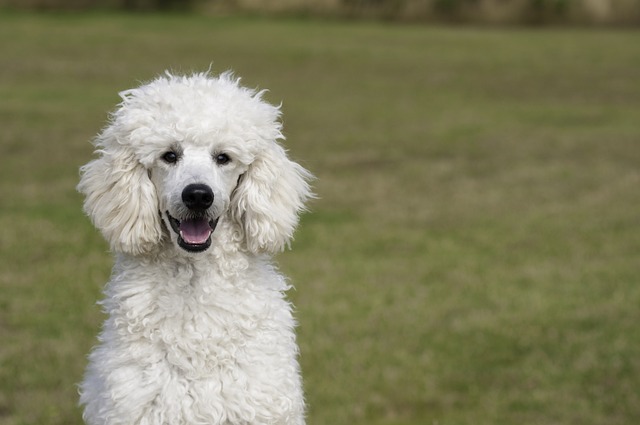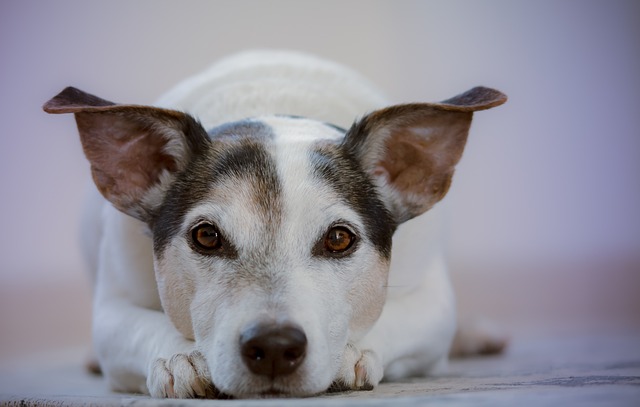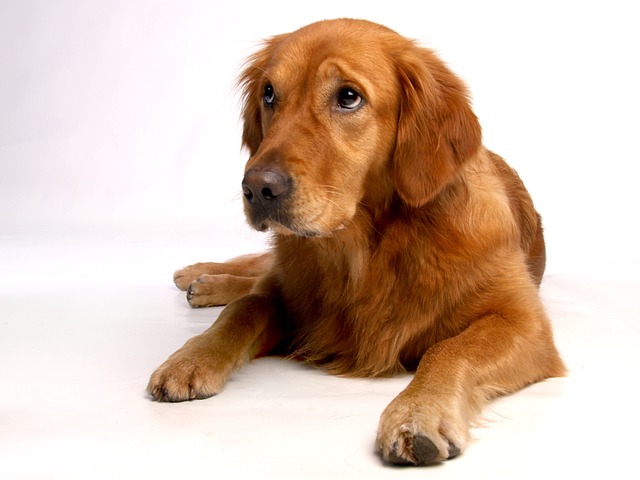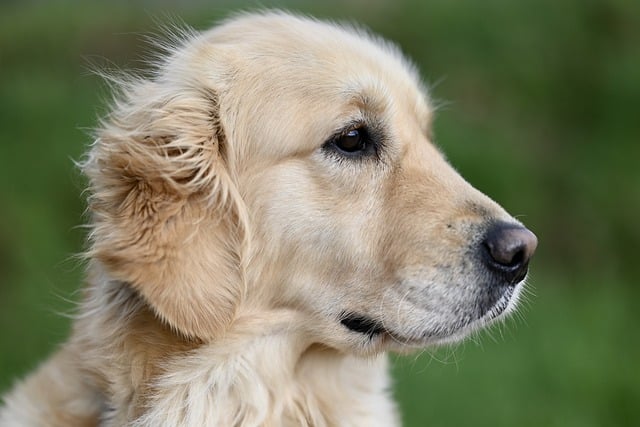You’re on your daily walk, and your dog spots another person half a block away. Instead of curiosity, they react with frantic barking, cowering, or even trying to bolt. At home, the doorbell sends them into a panic. These are classic signs of a poorly socialized dog. It’s not a question of a "bad" dog, but rather a dog who missed critical positive experiences during their key developmental window as a puppy. Socialization is the process of preparing a dog to feel comfortable and safe in the human world. Without it, the unfamiliar—new people, other dogs, sounds, and objects—becomes inherently scary, triggering a fight, flight, or freeze response. Their world becomes very small and very frightening.
Recognizing the signs is the first step toward helping them. Beyond extreme fear or aggression, more subtle cues include a dog who is hyper-vigilant on walks, constantly scanning for threats, one who hides behind you when approached, or one who becomes "shut down" (immobile and unresponsive) in new situations. They might only be comfortable in one room of the house or display anxiety toward seemingly benign objects like trash bags or hats. Understanding this is rooted in fear, not dominance, is crucial. It informs the entire rehabilitation process, which must be built on patience and creating positive associations, not force.
Your approach to helping them must be rooted in positive reinforcement, the modern standard for ethical dog training. This means never forcing interactions or using punishment-based methods like yelling or leash corrections, which are culturally frowned upon and will only confirm the dog’s fear that the world is a dangerous place. Instead, use high-value treats to create good feelings. If your dog is scared of people, have a calm friend sit at a great distance, ignoring your dog completely, while you feed them chicken. The appearance of the "scary thing" predicts amazing food, slowly changing their emotional response. This process, called desensitization and counterconditioning, requires immense patience and letting the dog set the pace.
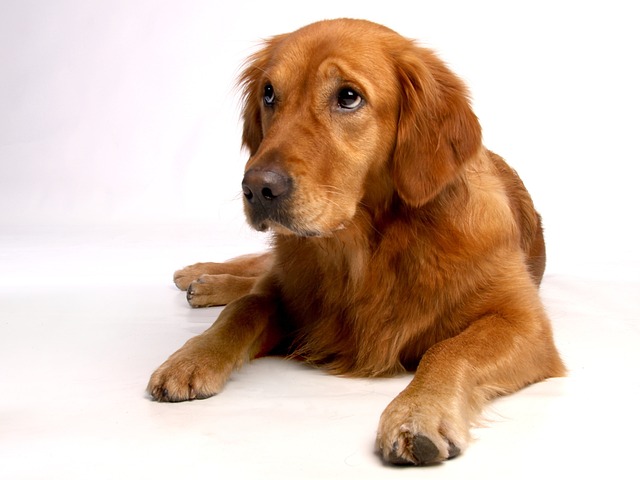
This compassionate approach is intrinsically linked to your responsibilities as a community member. Before starting a socialization plan, a veterinary check is essential to rule out medical causes for the behavior. It’s also the perfect time to ensure your dog’s rabies vaccination is current—this isn’t just a health measure; it’s the law in all 50 states. When you’re on those careful, training-focused walks, your dog must be securely leashed, and you must be unwavering in your duty to clean up after them. Carrying poop bags and scooping immediately is a legal requirement in most municipalities and a fundamental sign of respect for your neighbors and shared environment.
For apartment dwellers, managing a fearful dog is especially important. Their barking or anxiety-induced accidents in hallways can quickly become a neighborly issue. Proactive training, combined with immediate cleanup of any indoor accidents using an enzymatic cleaner, is key to maintaining harmony. By recognizing the signs of poor socialization and committing to a positive, legal, and community-minded training plan, you can help your dog feel safer and expand their world, one positive experience at a time.
